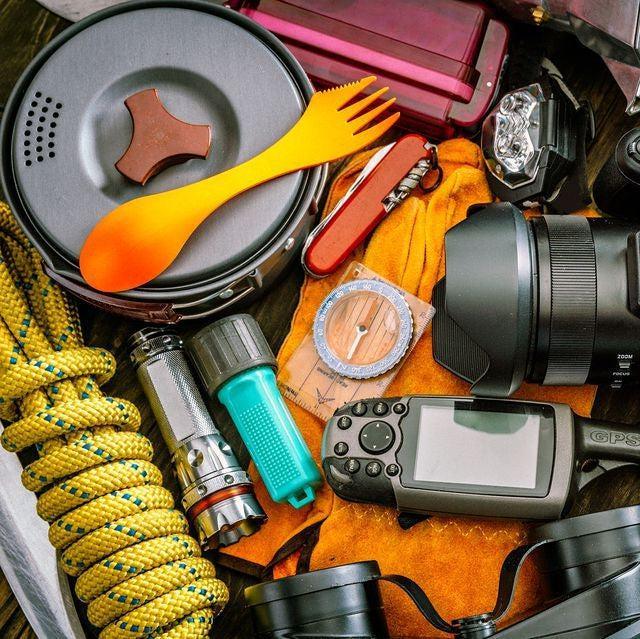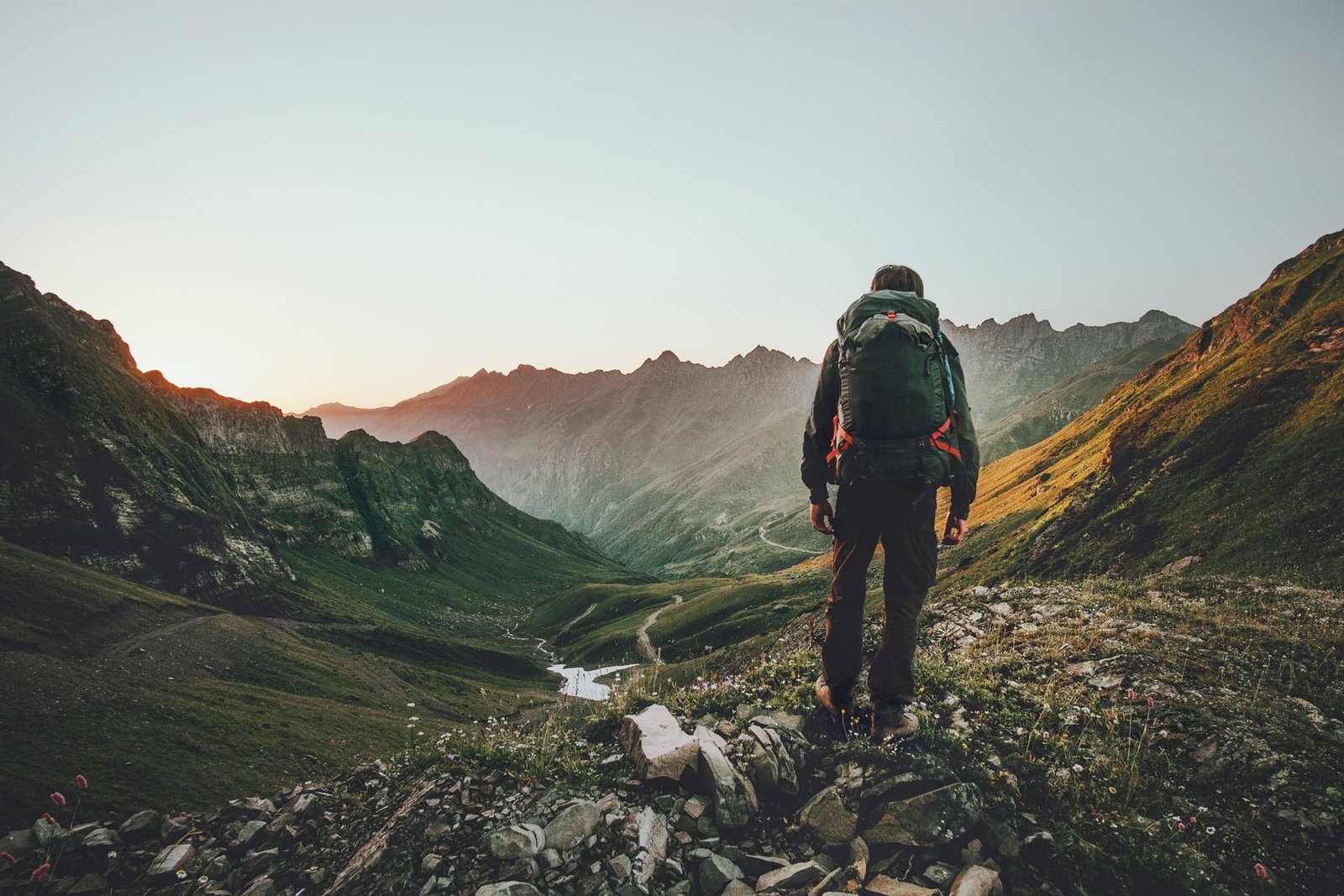
21 Items To Take With You In The Wild For Long Term Survival
Share
Heading off into the wild for long-term survival isn’t an easy feat, even for an experienced survival expert. However, some scenarios require one to grab their Bug Out Bag and head into the wilderness.
The items contained in this backpack are the only lifelines available at our disposal. Only the equipped and prepared are ready to face the great outdoors.
Take a moment every day to acquire the necessary knowledge for surviving in the wild and pack a Bug Out Bag with items that make long-term wilderness survival manageable.
Fixed Blade Knife

If only allowed to take one item into a survival situation, a high-quality fixed blade knife is the most logical option. With a knife, creating tools, self-defense, and hunting all become significantly easier. When looking for a survival knife, focus on sourcing a quality product that will be able to take a beating.
Don’t skimp on knife quality because being stuck in the wilderness with a broken knife reduces morale and makes surviving far more difficult.
Metal Water Canteen And Bleach

A clean water supply is the first thing that anyone in a survival situation needs to consider. Taking a sealed, metal water canteen filled with drinking water will be sufficient for the first day or two and can be refilled indefinitely with potable water.
While not the most delicious option, sterilizing drinking water with a couple of drops of bleach when on the go is enough to kill off water-borne pathogens.
Metal Pot For Cooking

Bring a sturdy metal pot to boil and sterilize water.
Additionally, a metal pot will serve as a way to cook food.
As with all other items, quality is everything, so search for a heavy-duty metal pot that can stand up to fire over the long term.
Matches, Lighter, Flint, and Fire Starters

A way to make fire and fire starters are must-have items for most people who are unable to start a fire with indigenous techniques.
Waterproof matches, a lighter, flint, and something like cotton balls covered in Vaseline that can sustain a fire before the firewood starts to burn, are essential.
Having a fire is necessary to cook food and fire is the best form of defense against wild animals.
Canned Food, Fishing Equipment, Seeds, A Gun and Ammo
Bringing a couple of cans of prepared food will provide enough calories to survive a few days, but anyone in a long-term survival situation will have to hunt and trap animals to survive.
Ideally, acquire the knowledge required to trap animals, as this is an excellent, passive strategy to acquire food.
Additionally, bring a fishing line and fish hooks, as fish provide a nearly limitless source of food when in the wild. Bring seeds that can be used to start a farm, as this will greatly expand options.
If possible, bring a gun and ammo that will make it easy to hunt big game, providing adequate calories for survival.
Tarp

A large, waterproof tarp is extremely helpful in a survival situation, as it can provide protection against the environment and collect rainwater.
Tarps can be an integral part of a survival shelter or quickly set up when needed.
Since staying dry is crucially important in the wild, having a tarp handy may be the difference between life and death.
Portable Axe/Shovel, Multi-tool, and Paracord
Long-term survival is going to require a sturdy survival shelter.
While a survival shelter can be built with little to no tools, bringing a portable axe/shovel will make it easier to set up the foundation and modify building materials.

Additionally, bring a multi-tool, as it is always useful to have around and doesn’t take up much space in a backpack. Paracord is extremely handy in a survival situation, as it has so many use cases, from tying up a tarp, setting up animal traps, navigating steep inclines, and building a survival shelter.
Personal Hygiene Products
Bring a small bag of personal hygiene products because brushing teeth and bathing regularly are still important for overall health.
While one may not be able to bathe daily, washing up once a week or even twice a month is important. In addition, bring along a roll of toilet paper which at least offers some short-term comfort.
First Aid Kit
A small First Aid kit should never be overlooked, as the chances of getting injured when navigating new terrain and living in the wilderness are elevated.

Since survivalists will have to be their own doctor, bring basic antiseptics, antibacterial cream, gauze to bandage wounds, an elastic bandage to provide compression, and a needle and string to stitch up deep cuts.
Extra Clothes
Add a change of clothes to a Bug Out Bag so it is easy to wash one set of clothes while wearing the other set.
Search for durable, warm clothes that aren’t likely to rip, as they have to last a long time and provide resistance to the changing weather.
Avoid wearing clothes made of cotton in the wild, as they provide zero thermal warmth when they are wet. Clothes made out of wool, leather, and hemp are ideal options.
High-Quality Backpack

Don’t overlook the quality of a backpack used as a Bug Out Bag, as it will need to be durable to survive the trip into the wilderness.
The main thing to consider is the strength of the straps, as a cheap backpack often breaks at this weak point and will make carrying all the essential survival tools far more difficult.
Long Term Survival Comes Down To Knowledge, Supplies, and Willpower
As long as the essentials are met, with access to water, food, fire, and shelter, anyone who is prepared can live in a long-term survival situation nearly indefinitely.
However, only those who have survival knowledge and bring the proper items are likely to make it out alive.
While getting adjusted to a completely new lifestyle during the first couple of days will be tough, hiking to an ideal spot in the wilderness, setting up camp, and building a long-term survival shelter that offers protection against the environment requires willpower more than anything else.


